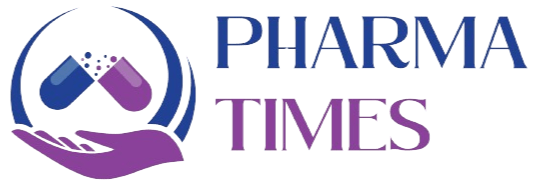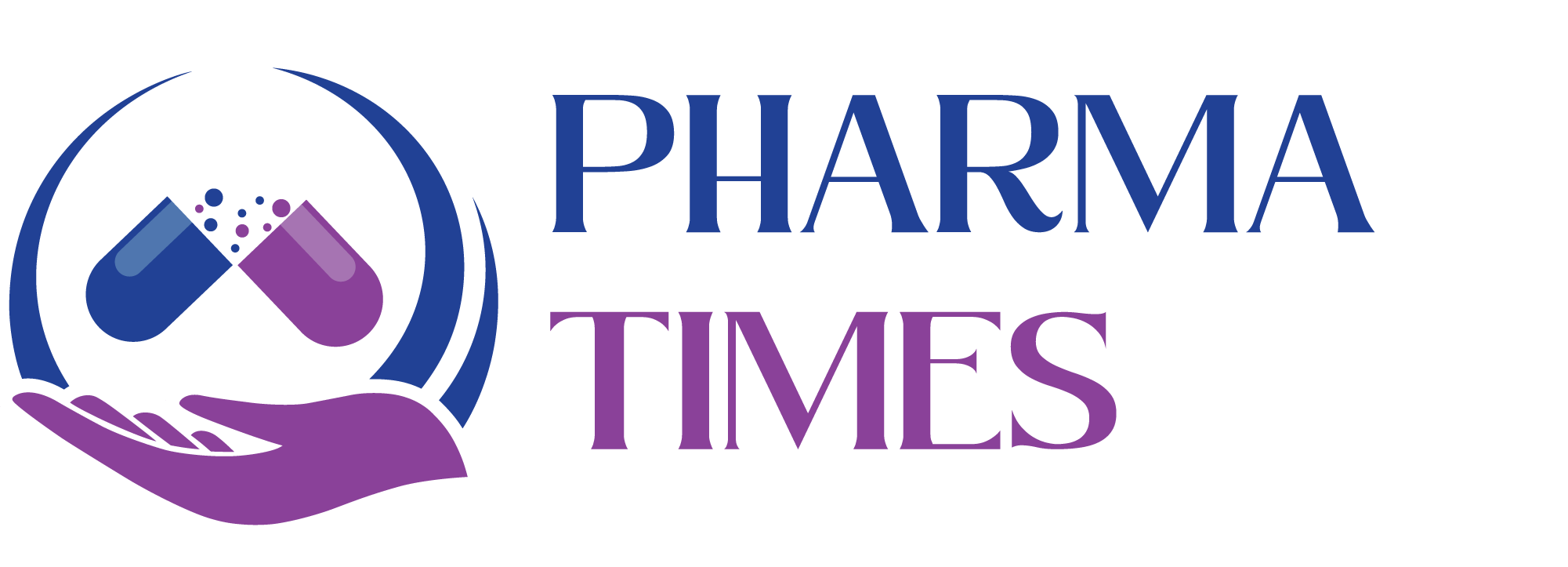Top 10 interview questions about OOS and OOT in pharmaceutical industry .

1. What is OOS in the pharmaceutical industry?
OOS stands for “Out of Specification.” It refers to test results that fall outside the predefined acceptance criteria set by regulatory authorities or internal specifications. Interviewers want to ensure you understand what qualifies as an OOS and how it’s handled.
2. What are the steps in the OOS investigation process?
This question checks your understanding of how OOS results are investigated. The typical steps include:
- Phase I: Laboratory investigation
- Phase II: Full-scale investigation (includes production review)
Root cause analysis and CAPA (Corrective and Preventive Action)
Retesting or resampling, if justified
3. What is OOT and how is it different from OOS?
OOT stands for “Out of Trend.” It refers to results that are within specifications but show a significant deviation from the historical trend. Unlike OOS, OOT is not necessarily a regulatory failure but still requires investigation.
4. What are the possible causes of OOS results?
The interviewer is checking your analytical thinking. Causes may include:
- Analytical error (e.g., instrument malfunction, calculation error)
- Sampling error
- Manufacturing deviation
- Raw material issues
5. How would you handle an OOS result during stability testing?
Here, they want to test your knowledge about regulatory procedures and scientific rationale. Stability OOS results may trigger full investigations and possibly impact product shelf life or lead to batch rejection.
6. Can you retest a sample that shows OOS? Under what conditions?
Retesting is only allowed when there’s a justifiable reason (e.g., lab error). Retesting must be scientifically justified and documented. You must explain that results from retesting do not replace the original unless the investigation proves an error in the initial test.
7. What is a hypothesis testing in OOS investigation?
Hypothesis testing involves conducting experiments or checks to confirm or rule out a potential cause of an OOS result. This is a part of the scientific investigation process and helps identify whether the OOS is due to lab error or a genuine product quality issue.
8. What regulatory guidelines apply to OOS and OOT investigations?
Candidates should mention guidelines such as:
- FDA Guidance for Industry – Investigating Out-of-Specification (OOS) Test Results
- ICH Q1E (Stability Data Evaluation)
- GMP guidelines
9. How is trending done to detect OOT results?
OOT detection often involves statistical tools and data plotting to identify trends. You might mention control charts, moving averages, or regression analysis to monitor test results over time.
10. What is the role of QA in OOS and OOT investigations?
QA ensures compliance, oversees investigations, reviews documentation, ensures root cause and CAPA effectiveness, and communicates with regulatory bodies when needed. This question tests your knowledge of interdepartmental roles and GMP expectations.
🎓 Discover one of the best Quality Assurance courses available — click below to explore the course that’s shaping future QA skills.

